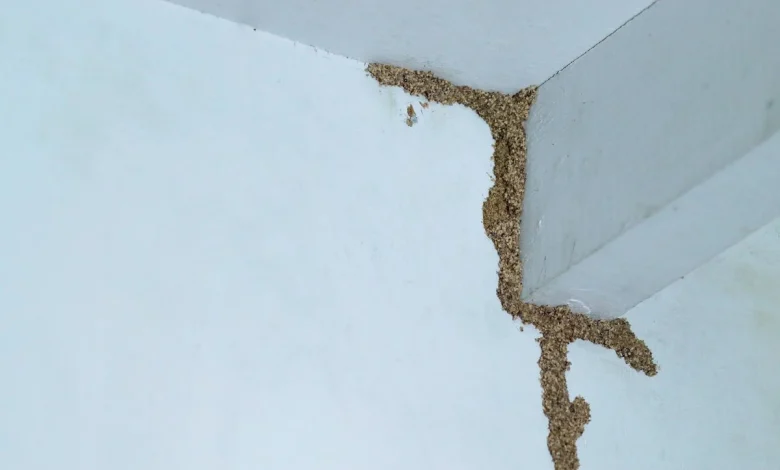The Importance of Termite Control and Prevention: Tips and Techniques

Termites are a common and destructive pest that can cause significant damage to homes and structures. As small as they may be, termites have the ability to compromise the integrity of a building by feeding on wood and other cellulose-containing materials. In this article, we will discuss the importance of termite control and prevention, providing valuable tips and techniques to protect your property from these voracious pests.
Importance of Early Detection
Early detection of termite infestations can save you from costly repairs and further damage. By identifying the problem at an early stage, you can take immediate measures to control the infestation and prevent it from spreading. Regular inspections and vigilance are key to early detection.
Signs of Termite Infestation
Early detection is crucial in combating termite infestations. By recognizing the signs of termite activity, you can take prompt action to minimize the damage. Here are some common signs of termite infestation:
- Mud tubes: Termites build mud tubes as protective tunnels to travel between their nest and food sources. These tubes are often found along walls, foundations, or other surfaces.
- Discarded wings: After establishing a new colony, reproductive termites, or swarmers, shed their wings. Finding discarded wings near windows, doors, or other entry points indicates termite activity.
- Wood damage: Termites hollow out wood from the inside, leaving a thin outer layer. If you notice wood that sounds hollow when tapped or has maze-like patterns on the surface, it could be a sign of termite infestation.
- Frass: Termite droppings, also known as frass, resemble small wood-colored pellets. Finding frass near wooden structures or on the floor is a strong indication of termite activity.
Preventive Measures
Prevention is key when it comes to termite control. Implementing preventive measures can significantly reduce the risk of termite infestation. Here are some preventive tips:
- Reduce wood-to-soil contact: Termites can easily access your property through direct contact between soil and wooden structures. Maintain a gap between soil and wood, using concrete foundations or metal barriers.
- Address moisture issues: Termites are attracted to moisture. Fix any leaks or water seepage problems promptly to eliminate potential attractants.
- Regular inspections: Conduct regular inspections of your property, focusing on vulnerable areas such as basements, crawl spaces, and attics. Look for signs of termite activity and take preventive action if necessary.
- Termite-resistant construction: Consider using termite-resistant materials or treated wood during construction or renovations. These materials deter termites from infesting the structure.
Termite-Resistant Construction
If you’re building a new structure or renovating an existing one, incorporating termite-resistant construction techniques is highly recommended. Here are some considerations:
- Physical barriers: Install physical barriers, such as stainless steel mesh, beneath the foundation to prevent termites from entering through cracks or gaps.
- Treated wood: Use pressure-treated wood or termite-resistant materials for framing, flooring, and other wooden components.
- Sealant application: Apply sealants and coatings to wooden structures to provide an additional layer of protection against termites.
Conclusion
Termite control and prevention are of utmost importance to protect your property from the devastating effects of termite damage. Early detection, preventive measures, and termite-resistant construction all play significant roles in mitigating the risk. By being proactive and implementing these strategies, you can ensure the long-term integrity and value of your property.

